continued from Vol.1
I will soon have the opportunity to get to the heart of what aquariums are and what their role is. Hence, I would like to look back at some of our past visits to overseas aquariums in a series of articles.
About the purpose of the visit and this article
In 2016, as part of the training at my organization, the volunteer team of Tokyo Sea Life Park, I visited six aquariums and zoos on the West Coast to learn about local volunteer activities and characteristics of facilities. I don’t think there are many reports on visiting multiple sites from this perspective, so I would like to share this with you for the sake of the record. In this article, I can only write in general terms about the management system of each of the centers without any inside information. Still, I hope that I can provide some suggestions for the improvement of the Japanese volunteer activities in the future.
Itinerary
I have gone to 8 aquariums as follows during the itinerary for six nights and eight days from Friday, Sep. 30th 2016 to Saturday, Oct. 8th.
- Vancouver Aquarium (Vancouver) Saturday Oct. 1st
- Point Defiance Zoo & Aquarium (Tacoma) Sunday Oct. 2nd
- Seattle Aquarium (Seattle) Monday Oct. 3rd
- Woodland Park Zoo (Seattle) Tuesday Oct. 4th
- Monterey Bay Aquarium (Monterey) Wednesday Oct. 5th
- Aquarium of the Pacific (Long Beach) Thursday Oct. 6th
Introduction of each aquarium
5. Monterey Bay Aquarium (Monterey)
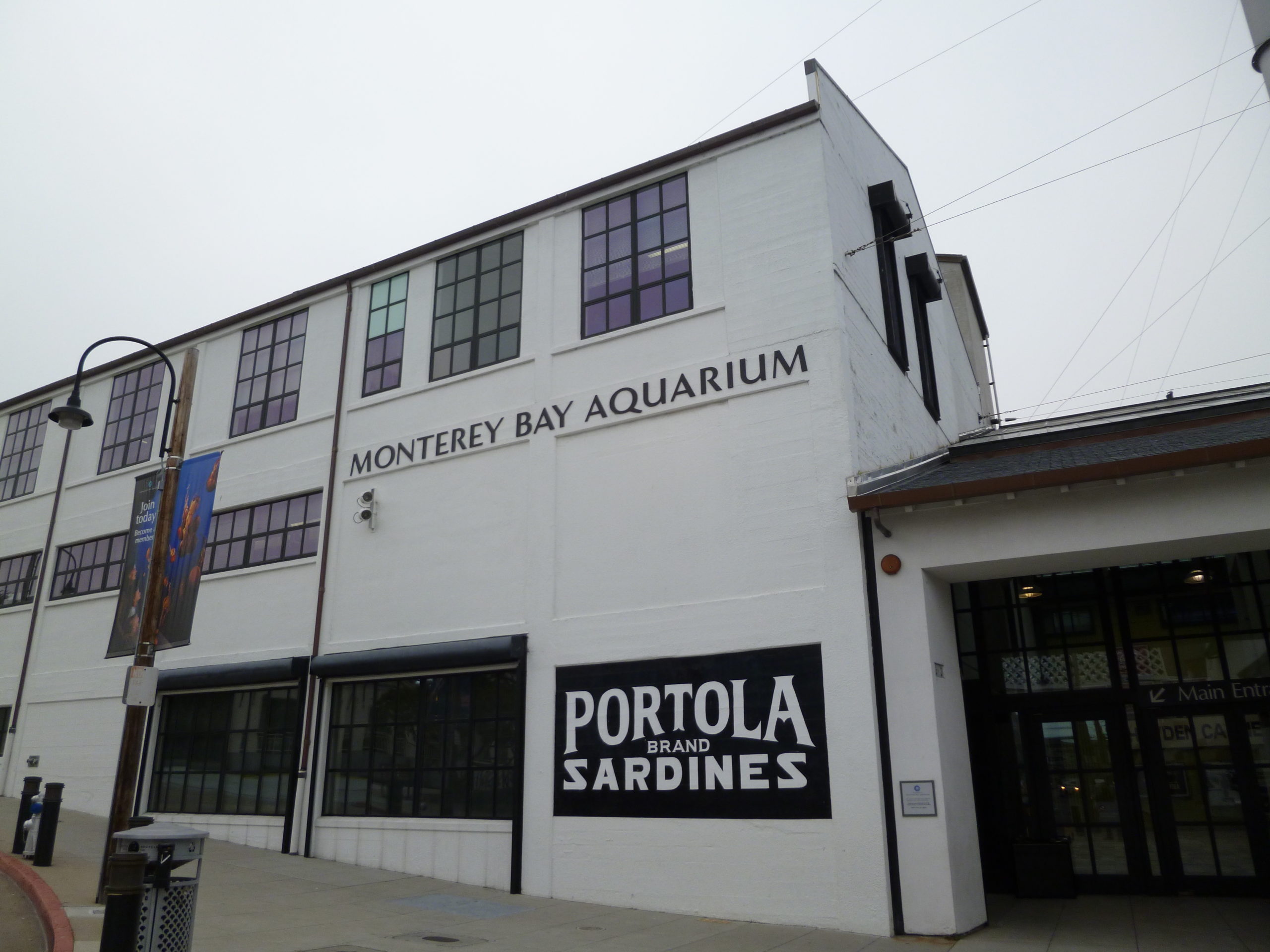
Monterey Bay Aquarium is known for providing some of the best educational activities in the world’s aquarium industry, with more than 1,300 volunteers and a development program that is famously comparable to that of a university class.
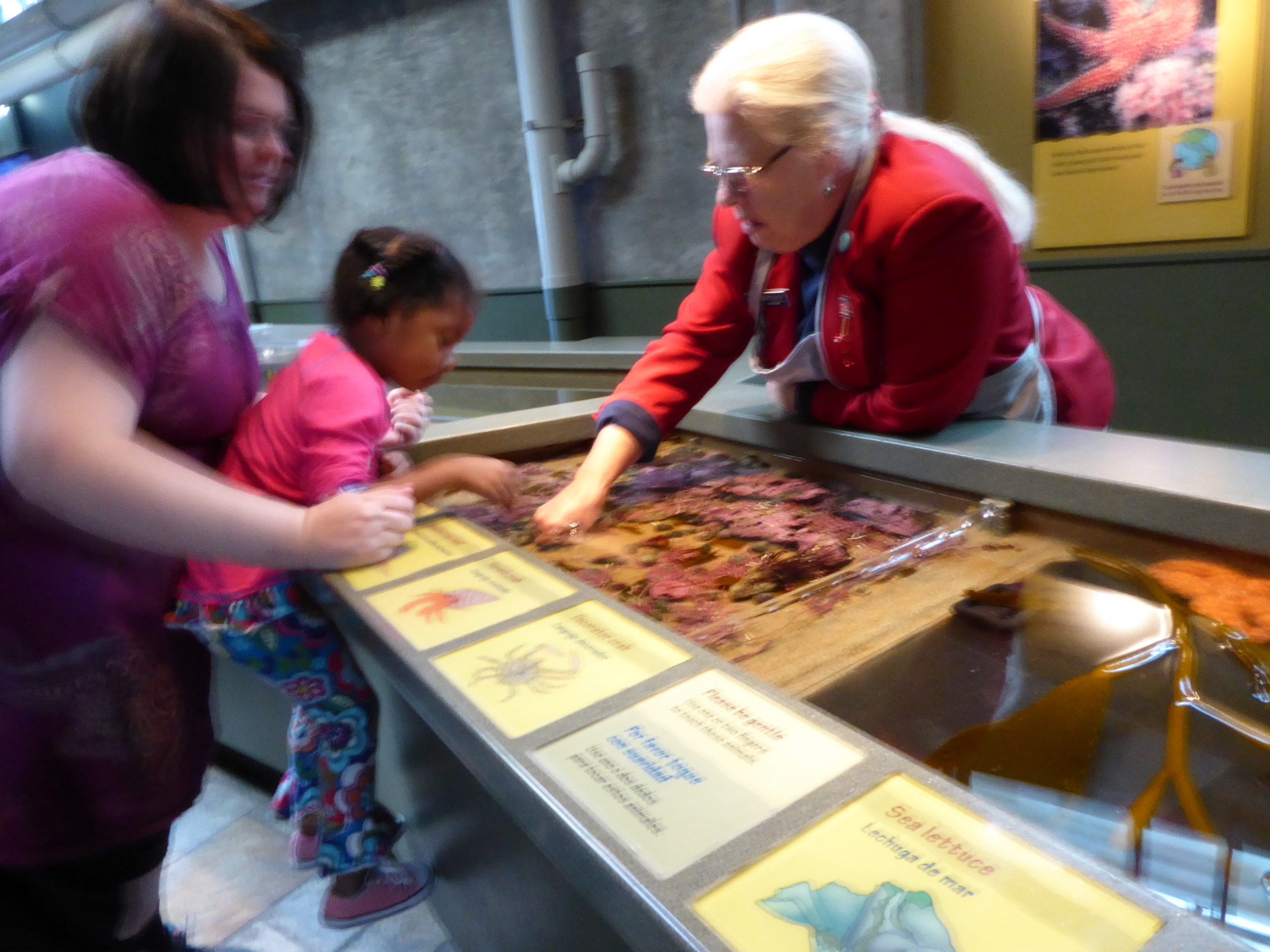
Its educational activities are underpinned by the consistent philosophy that conservation of the marine environment is its primary mission and that education is one of the means to achieve this mission.
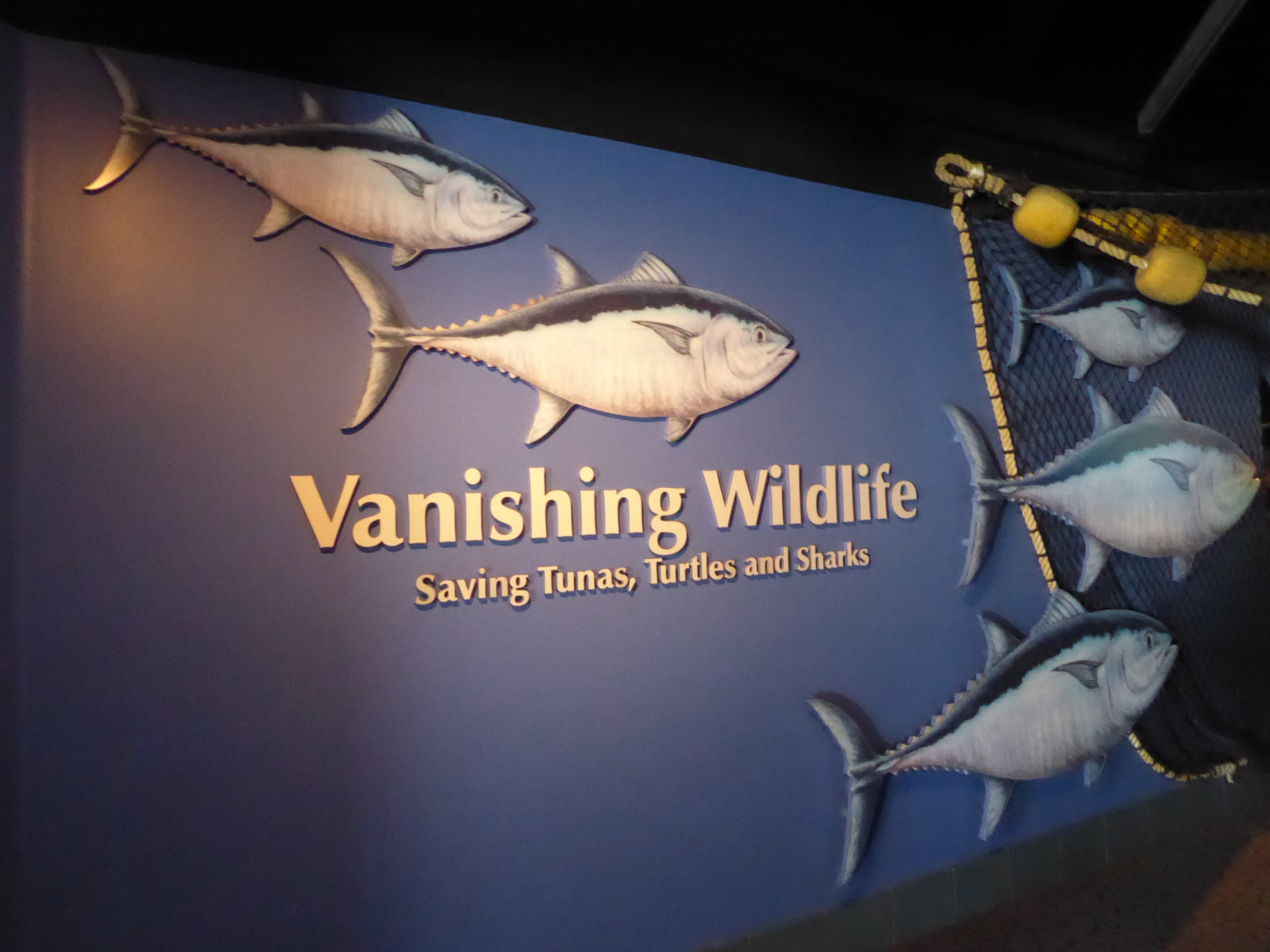
They have created a Seafood Watch Program, a list to educate people on which marine products to eat to preserve the ecosystem, based on the idea that the health of the ocean and the health of the land are linked. It is being rolled out to other aquariums in the country. Variations exist for each region of the world, and there is also a Sushi version.
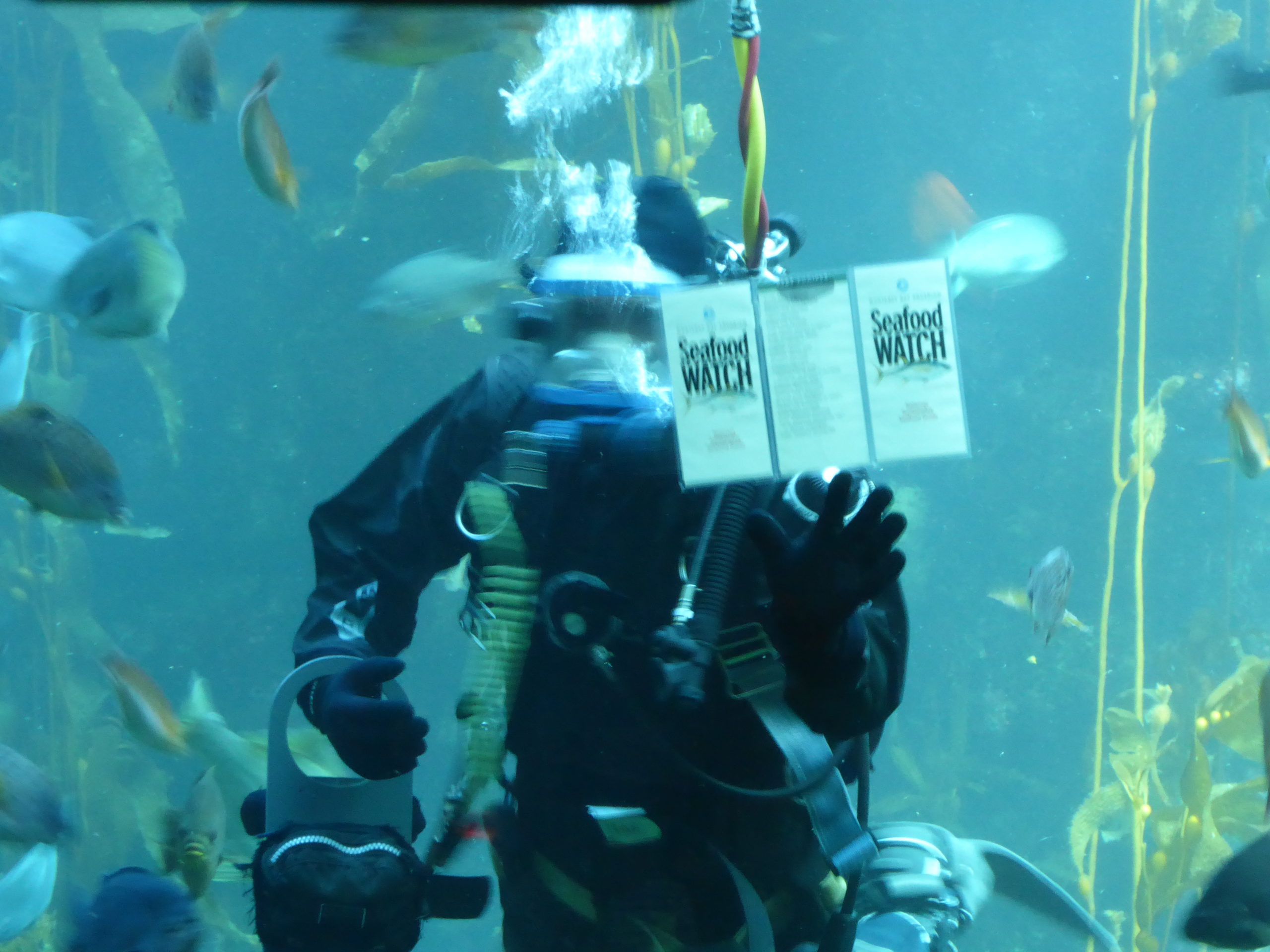
The aquarium is located in front of a lush ocean full of giant kelp, where sea otters also live, which is used as a teaching aid to provide people with a connection to the sea. This space can also be used for educational programs for schools.
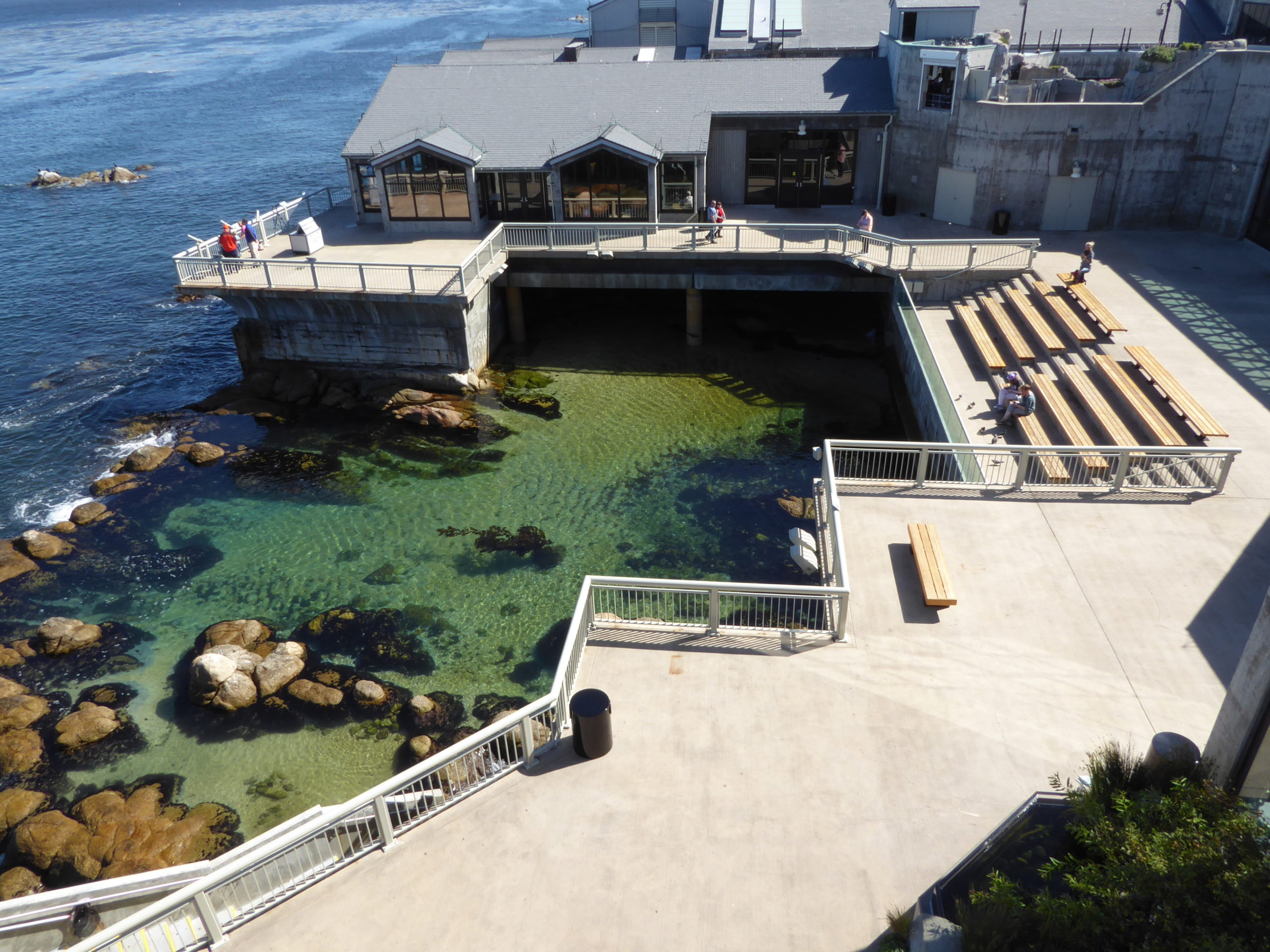
6. Aquarium of the Pacific (Long Beach)
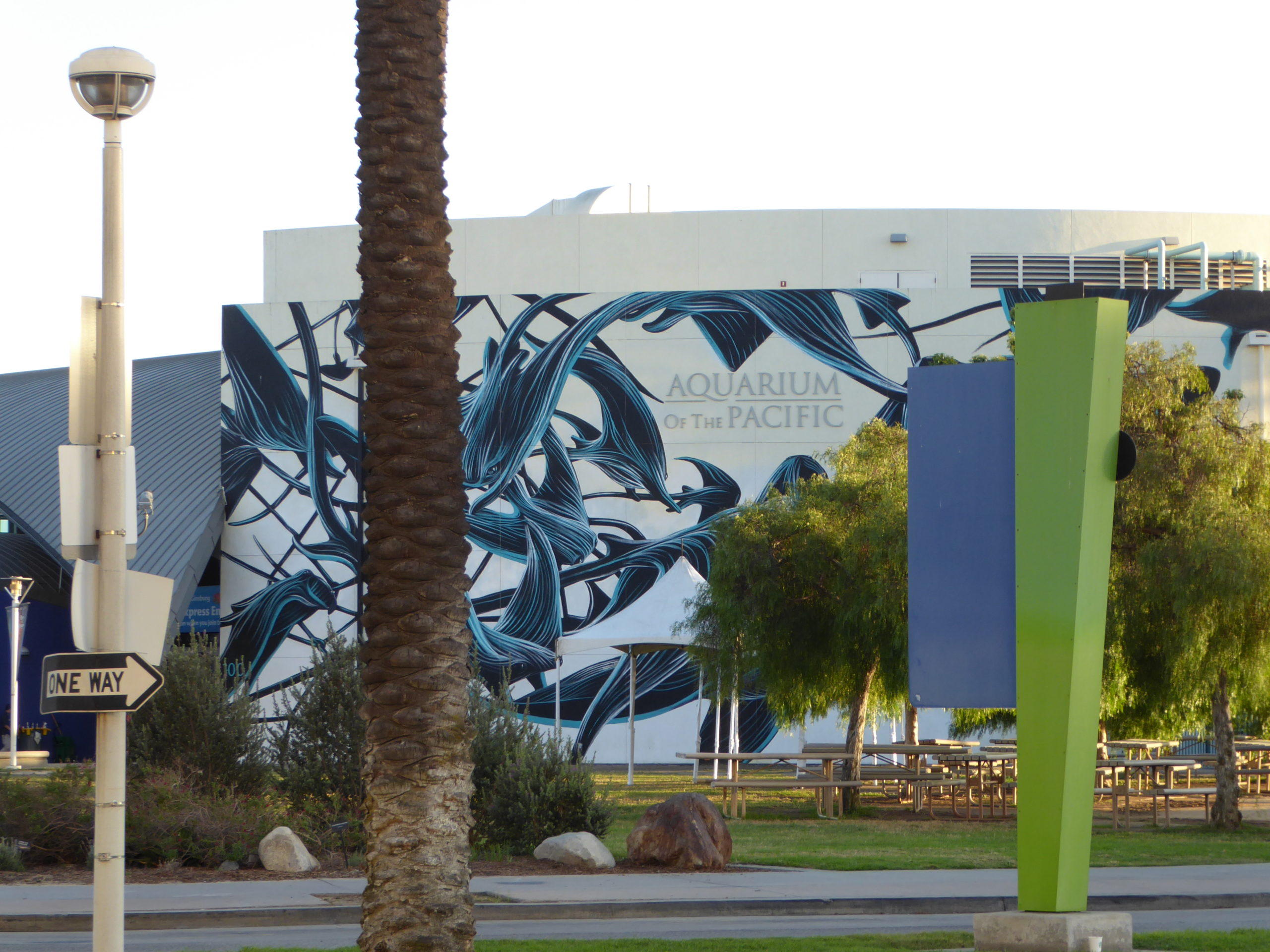
The AOP is a municipal aquarium, and revenues are used for environmental, ecological, and marine resource protection and education purposes. It has a responsibility to communicate to the public why it exists.
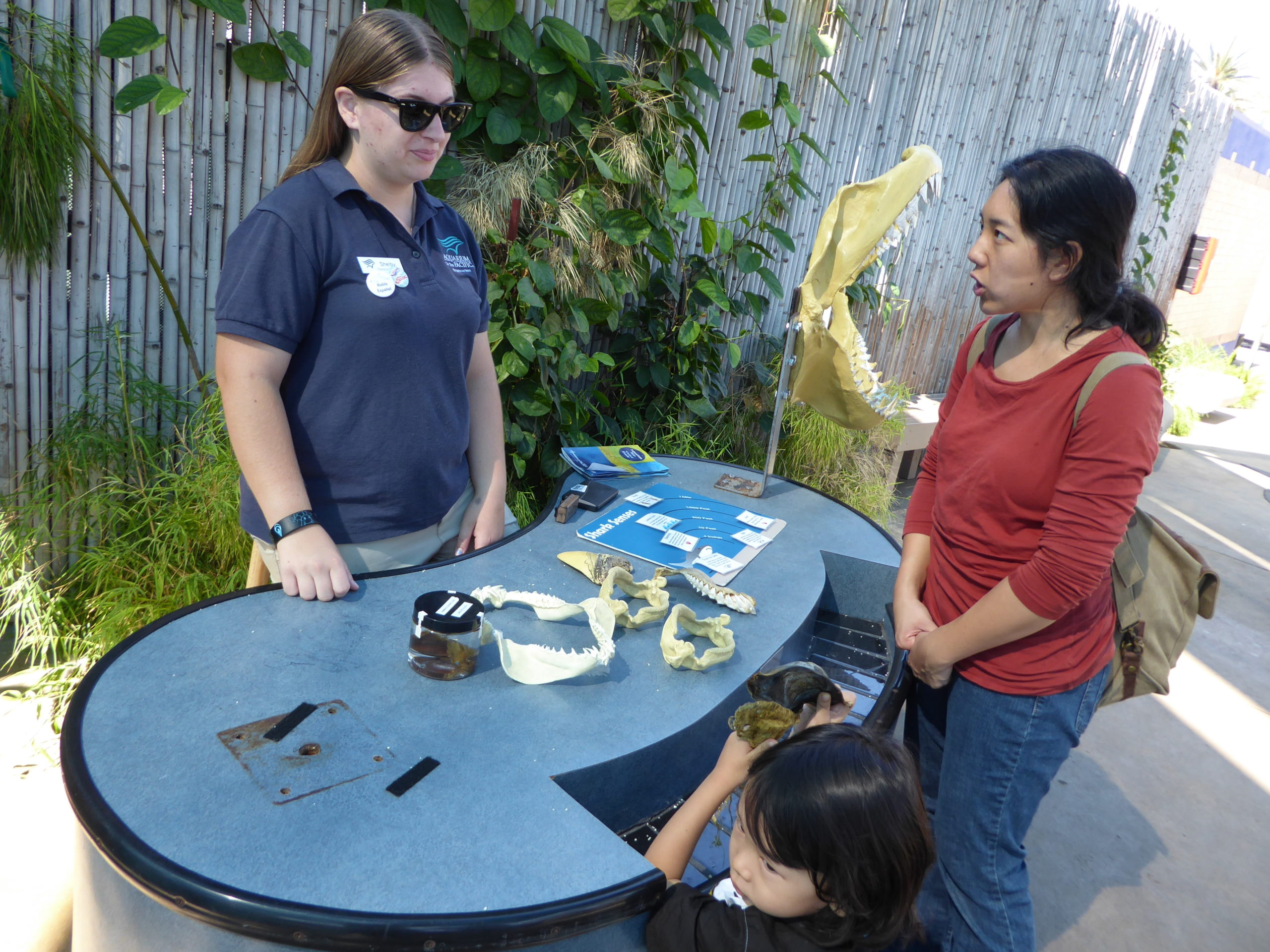
There is no distinction between the duties of volunteers and paid staff, and the number of volunteers is more significant as well. Their educational content includes being able to catch up on the latest information in response to changing times and changes in the natural environment.
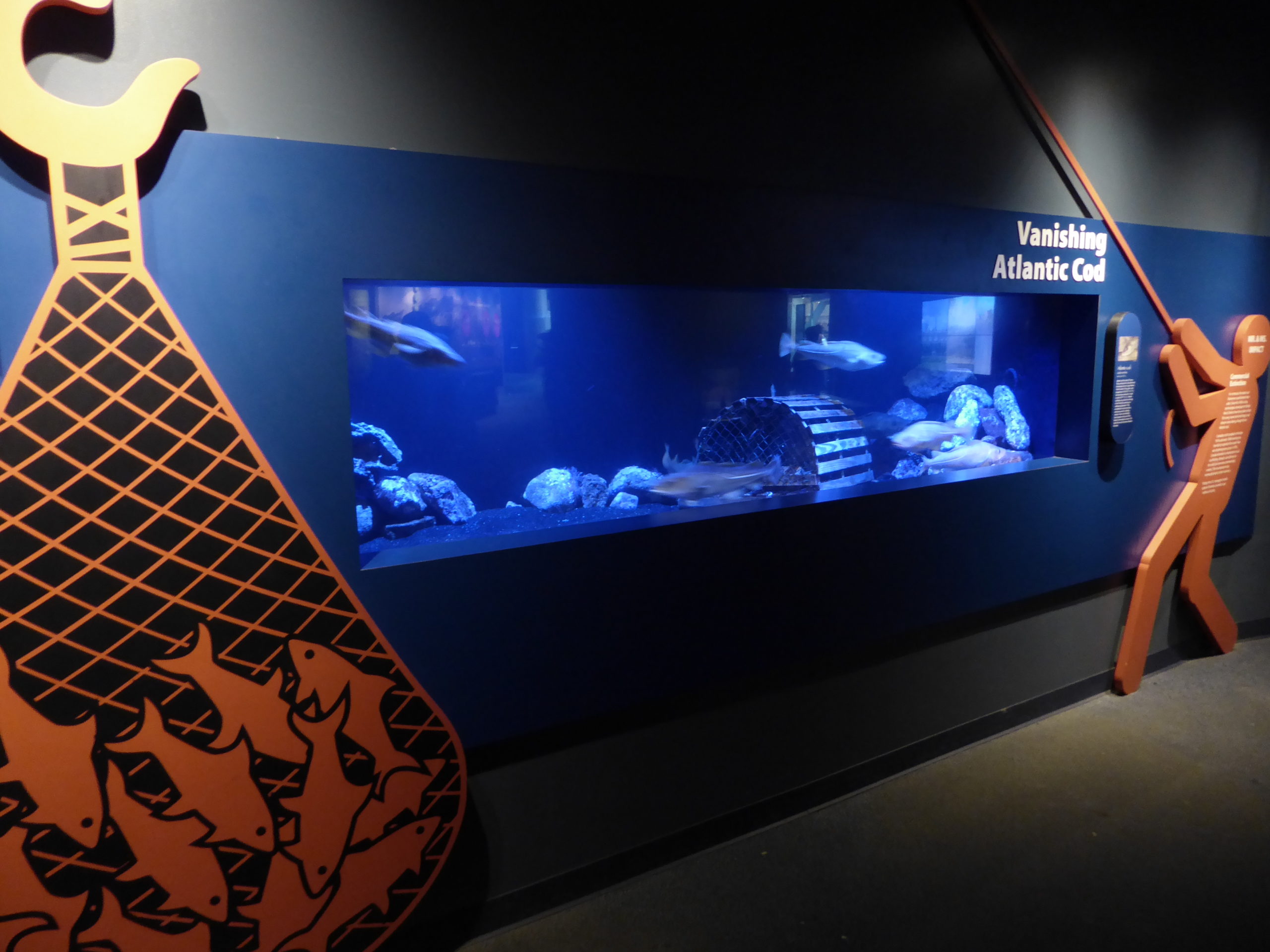
It promotes the idea of Sustainable Food, the idea of using marine resources as food sustainably through good collection and aquaculture practices.
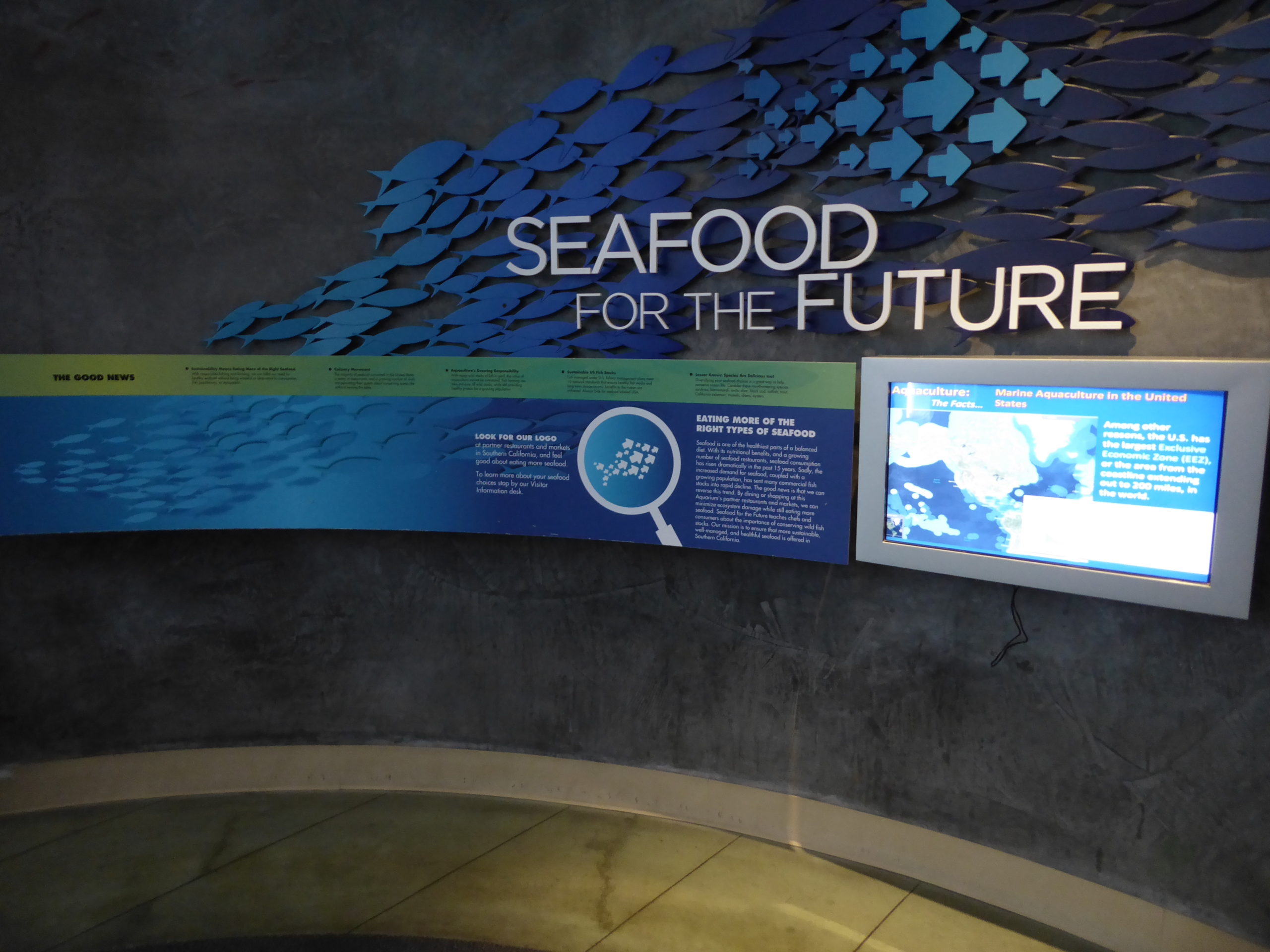
Summary
Naturally, each zoo and aquarium has its unique exhibits. Still, I strongly felt that each zoo and aquarium is aware of the forces that oppose zoos and aquariums, and that each zoo and aquarium should establish its message to appeal to the public and create a substantial exhibit to convey this message to demonstrate the significance of its existence and take a stand. In particular, there were many panels outside the tank, and many of the notes written on them were direct messages to encourage people to change their behavior.
Volunteers had the same responsibilities and roles as the staff at all the aquariums, and both parties respected each other and worked together to manage the aquarium. Depending on the aquarium, the scope of the volunteers’ activities extended beyond education to include breeding and research.
As a result, the training system for volunteers was excellent, not only before they were hired, but also after they were hired. For example, both hardware, such as guide manuals and online teaching materials, and software, such as training program and mentorship, are well developed, and it is clear that the organization is committed to solidly developing its volunteers.
And at all of the aquariums, I felt that volunteers came together because they loved the animals and the aquarium. There were some incentives for volunteers, such as awards for ongoing activities, parties hosted by the aquariums, and special privileges for volunteers to use the facilities. Still, these did not seem to motivate them to continue their activity.


コメント